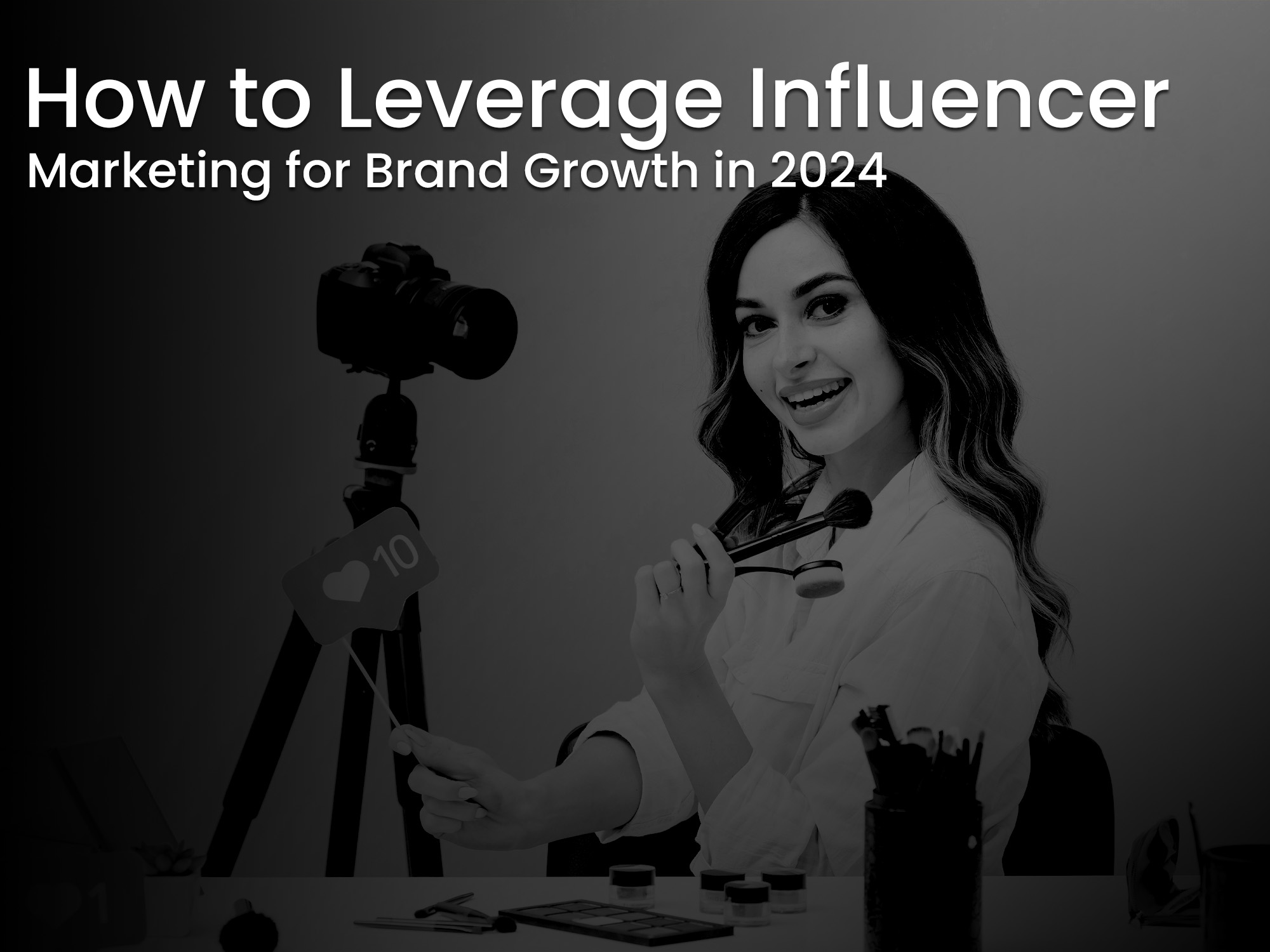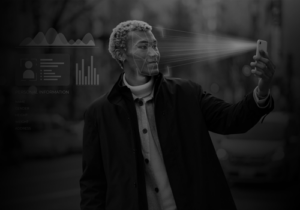
Influencer marketing will be among the most effective weapons available to companies trying to increase their footprint, foster trust, and generate conversions in 2025. As social media marketing has grown, influencers have become major players in influencing customer tastes, buying choices, and brand impressions.
Still, just working with influencers is insufficient. Brands that want to maximize success must have a well-considered influencer marketing plan that fits their corporate objectives, appeals to their target market, and fits evolving trends. This article will address all you need to know about using influencer marketing for brand development in 2025, typical mistakes to avoid, and the main trends defining the sector.
1. Appreciating Influencer Marketing’s Authority
By producing real, relevant material people trust, influencers have changed modern digital marketing. Influencer marketing makes use of real connections unlike conventional advertising, which could seem impersonal and unduly promotional. Studies reveal that recommendations from influencers have greater customer confidence than conventional marketing.
Why is influencer marketing so successful?
- Credibility and trust: Influencers have a devoted following that values their recommendations and points of view.
- Targeted Reach: Unlike mass marketing, influencers let companies access particular niche markets.
- Higher Engagement: Comparatively to brand-generated content, influencer material frequently creates more interaction.
- Authenticity: Consumers want material that is natural and relevant instead of too polished advertising.
Working with the correct influencers, according to House of Media, can help to build customer meaningful relationships and increase brand reputation.

2. Selecting the Correct Influencers for Your Brand
Not all influencers are created equal, hence selecting the incorrect partner could result in lost funds and ineffective campaigns. Companies should give the following elements top priority while choosing influencers:
Influencers: Tiers and Their Effects
- Mega influencers — 1M+ followers: Prominent personalities or celebrities with great reach but reduced interaction rates. Perfect for brand identification.
- Macro influencers (100K–1M followers): Popular in their field with great publicity, useful for more extensive campaigns.
- Micro-influencers (10K–100K followers): Often very trusted by their audience and more specialized. Fantastic for conversions.
- Nano influencers (1K–10K followers): Highly involved little communities. Perfect for either highly focused local or national initiatives.
Engagement rate, audience demographics, and brand value alignment should take the front stage for brands instead of just follower count.
3. Developing a High-Impact Influencer Marketing Plan
First Step: Define Clear Objectives
Clearly state the goals of your influencer marketing effort:
- Build brand recognition.
- Increase website visitors via driving.
- Increase sales and conversion rates.
- Increase social media activity.
- Strengthen brand recognition.
Second: Create a Cooperation Strategy
Work directly with influencers to produce interesting material suited for their platform. A few efficient models of cooperation consist of:
- Sponsored stories and posts: Let the influencer naturally highlight your product.
- Product reviews and unboxings: Featuring actual consumer experiences—authentic testimonials.
- Contests and giveaways: Help the audience to interact with brands.
- Takeovers and live Q&A sessions: The influencer oversees the social media for your brand for a day or arranges live Q&A sessions.
Third Step: Give Authenticity Top Priority
Customers of today are quite dubious about overly aggressive marketing materials. Let influencers produce materials in their style instead of overly formulaic commercials. This lends credibility and guarantees genuineness.
4. Using Data Analytics and AI to Choose Influencers
As artificial intelligence-driven marketing grows, companies have access to advanced instruments analyzing audience data and influencer performance.
Influencer Marketing: AI and Machine Learning
- Platforms of Influencer Discovery: Heepsy, Upfluence, and AspireIQ are AI-driven platforms enabling companies to find influencers with the ideal audience fit.
- Performance Tracking Dashboards: Track real-time engagement, ROI, and conversions.
- Fraud Detection: AI can find bots, engagement manipulation, and false followers.
Companies that use artificial intelligence in their digital marketing strategy can make data-driven decisions that guarantee optimal campaign success.

5. Multi-Platform Influencer Marketing for Maximum Impact
Although Instagram has long been the preferred medium for influencer marketing, companies should now vary their strategy.
Top Platforms for Influencer Marketing in 2025
- Instagram: Perfect for product showcases, Reels, and high-quality visuals.
- TikTok: Short-form viral content with high engagement potential.
- YouTube: Brand storytelling, tutorials, and long-form video reviews.
- LinkedIn: Ideal for B2B influencer relationships.
- Twitter (X): Great for brand conversations and influencer viewpoints.
For more general reach, the House of Media counsels companies to collaborate with influencers with high engagement across several platforms.
6. Establishing Long-Term Relationships with Influencers
Brands should strive for long-term influencer collaborations rather than one-time sponsorships.
Why Long-Term Cooperation is Beneficial
- Improved brand messaging consistency.
- Increased audience loyalty and trust.
- Enhanced engagement and conversion rates over time.
Companies might set up brand ambassador programs, where influencers promote their products regularly over months instead of one-time posts.

7. Evaluating Campaign Performance and Optimization
Tracking your influencer marketing efforts is essential for constant improvement.
Key Performance Metrics (KPIs) to Monitor
- Engagement Rate – likes, shares, comments.
- Click-Through Rate (CTR) – Influence links.
- Conversion Rates – From influencer-driven activity.
- Brand Awareness and Sentiment Analysis.
Digital marketing analytics tools help companies evaluate results and optimize future initiatives.
8. Trends in Influencer Marketing to Watch in 2025
AI-Generated Influencers
Virtual influencers like Lil Miquela are growing in popularity, offering companies total control over messaging.
Short-Form Video Dominance
TikTok, Instagram Reels, and YouTube Shorts will continue to drive video marketing trends.
Greater Focus on Transparency and Authenticity
Consumers want authentic and unfiltered content. Expect more transparency in sponsored partnerships.
AR/VR Integration
Brands will use AR/VR technology to create immersive influencer experiences such as virtual try-ons and interactive product demos.

Conclusion
In 2025, influencer marketing will still be a pillar of digital marketing, but success calls for strategy, authenticity, and adaptability. Companies that build genuine relationships with influencers, leverage artificial intelligence for data-driven decisions, and stay ahead of trends will have the most impact.
A well-executed influencer marketing strategy not only raises brand awareness but also fosters long-term engagement and customer loyalty.
